
Thursday, October 27th, 2022
Black Paris Pilgrimage - A Walk through Père Lachaise Cemetery
Cover image: Patrick Kelly tombstone (detail)
© Entrée to Black Paris
A pilgrimage is a visit to a place that is considered special, where you go to show your respect. The term is most frequently used to describe a voyage to a sacred place.
The Merriam-Webster dictionary also defines “pilgrimage” as “the course of life on earth.”
Entrée to Black Paris (ETBP) is pleased to announce the launch of the Black Paris Pilgrimage - a private, guided walking tour that addresses "pilgrimage" in both contexts described above.
Père-Lachaise Cemetery, aka the Cemetery of the East, is the most famous necropolis of France and the most visited cemetery in the world (more than 3.5 million visitors go there every year). We created a tour of this "garden cemetery" to celebrate the lives of numerous black people who called Paris home as well as to pay homage to them.
Black people are physically in the soil at Père-Lachaise. Since the cemetery established the Jardin de Souvenir (Garden of Remembrance) in 1985, the ashes of those whose bodies were cremated have been scattered here. Among them are William Gardner Smith, an African-American novelist, essayist, and journalist who was a contemporary of Richard Wright and James Baldwin.
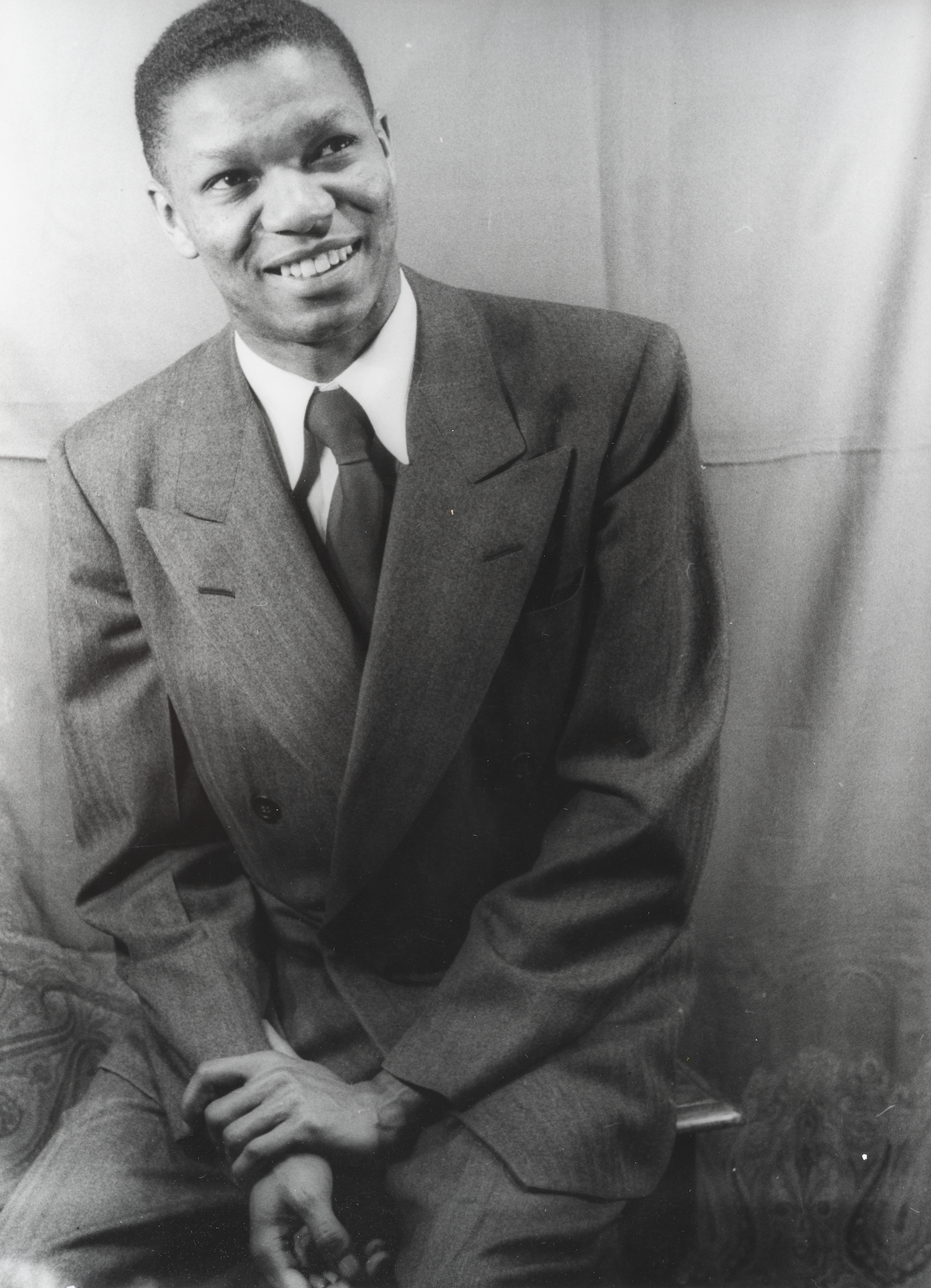 William Gardner Smith
William Gardner Smith
© Carl Van Vechten (public domain)
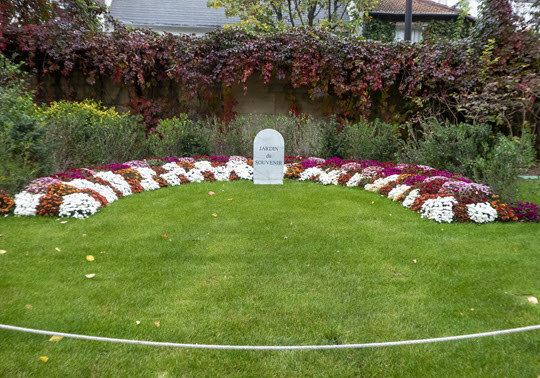
Jardin de Souvenir
© Entrée to Black Paris
Prior to being dispersed in the garden, Smith's ashes were held in a niche at the cemetery's columbarium. which was built around the crematorium in 1889 and expanded with subterranean galleries in 1930.
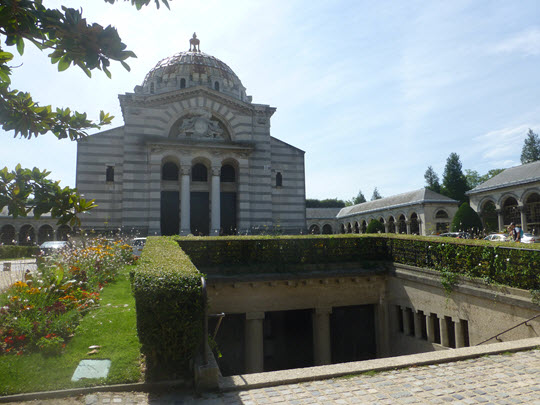
Crematorium and columbarium
© Entrée to Black Paris
As is true for the cemetery's plots, niches are allotted via a "concession system of leasing" through which a fee must be paid at predetermined intervals to retain the right to occupy them.
If the concession is not renewed, the remains are removed. Bones are placed in a common grave and ashes are scattered in the Jardin de Souvenir.
Richard Wright's ashes also reside at Père-Lachaise. They are kept in Niche 848 of the original columbarium.
_Gordon Parks_1943_public domain_Wikipedia_cropped.jpg) Richard Wright
Richard Wright
© Gordon Parks (public domain)
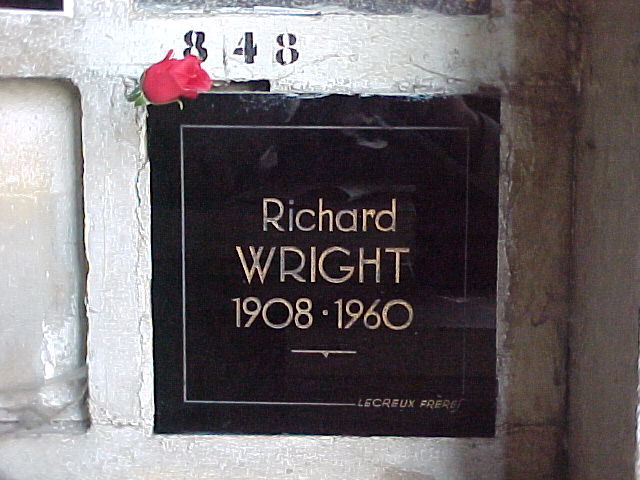
Richard Wright - Niche 848
© Discover Paris!
African Americans whose remains are inurned in the subterranean galleries include James Emanuel and Patricia Laplante-Collins.
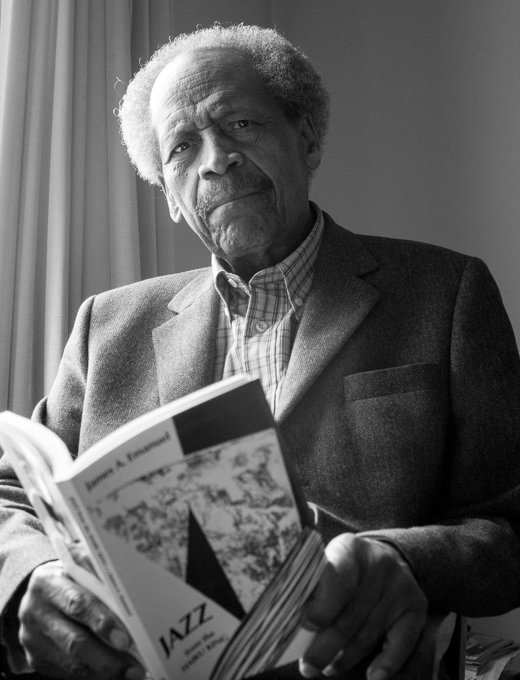 James Emanuel
James Emanuel
© www.SophiaPagan.com
Patricia Laplante-Collins
© Discover Paris!
Black Paris Pilgrimage begins at the upper level of the cemetery where the Jardin de Souvenir , the crematorium, and the columbarium are found. The tour route zigs and zags across the scenic landscape, moving down hill along the way.
Architect Alexandre Brongniart preserved the groves and winding paths of the estate purchased for the cemetery when he designed it in the early 19th century. His intent was to immerse visitors in nature to inspire "a suitably meditative state in which to contemplate imposing monuments to the moral examples of great citizens."
Indeed, there is no end to the remarkable funerary architecture and memorials that are visible along the tour route.
Those wishing to experience the Black Paris Pilgrimage must be physically fit. The cobblestone avenues that wind through the cemetery are rough and uneven, and on a few occasions, visitors must leave the path to walk through cemetery divisions replete with exposed tree roots and decaying stones to see the graves on the tour.
Fashion designer Patrick Kelly's grave is one such example of this.
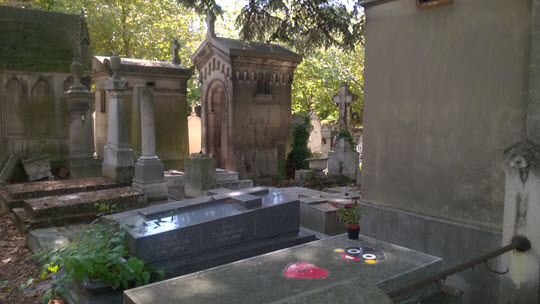
Patrick Kelly's tombstone
© Entrée to Black Paris
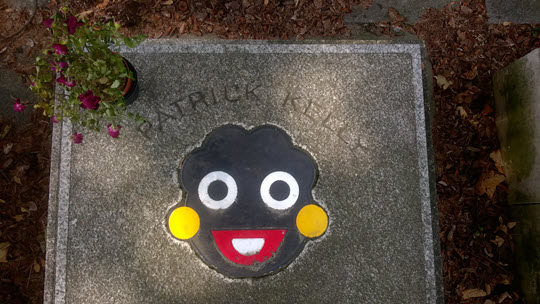
Patrick Kelly's tombstone (detail)
© Entrée to Black Paris
Black Paris Pilgrimage is the first and only afrocentric walking tour of Père-Lachaise Cemetery. It can be booked for individuals and private groups only.
For information, contact paris@entreetoblackparis.com.
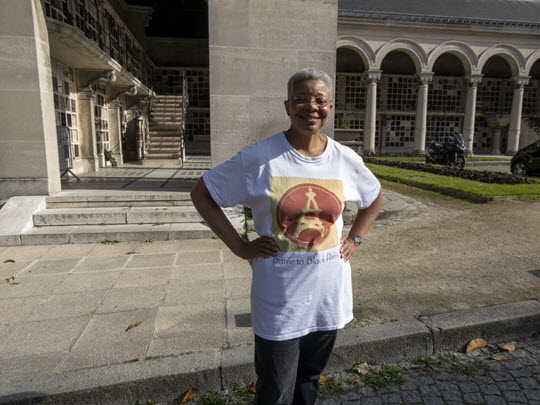
ETBP co-owner Monique Y. Wells at the Père-Lachaise columbarium
© Entrée to Black Paris

 Our Walk: Black History in and around the Luxembourg Garden - Click here to book!
Our Walk: Black History in and around the Luxembourg Garden - Click here to book!